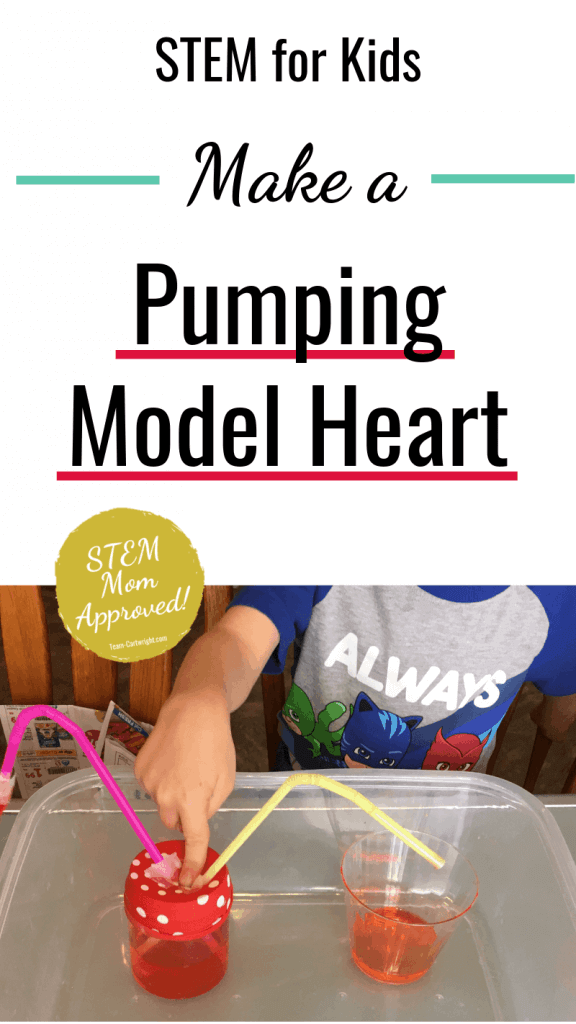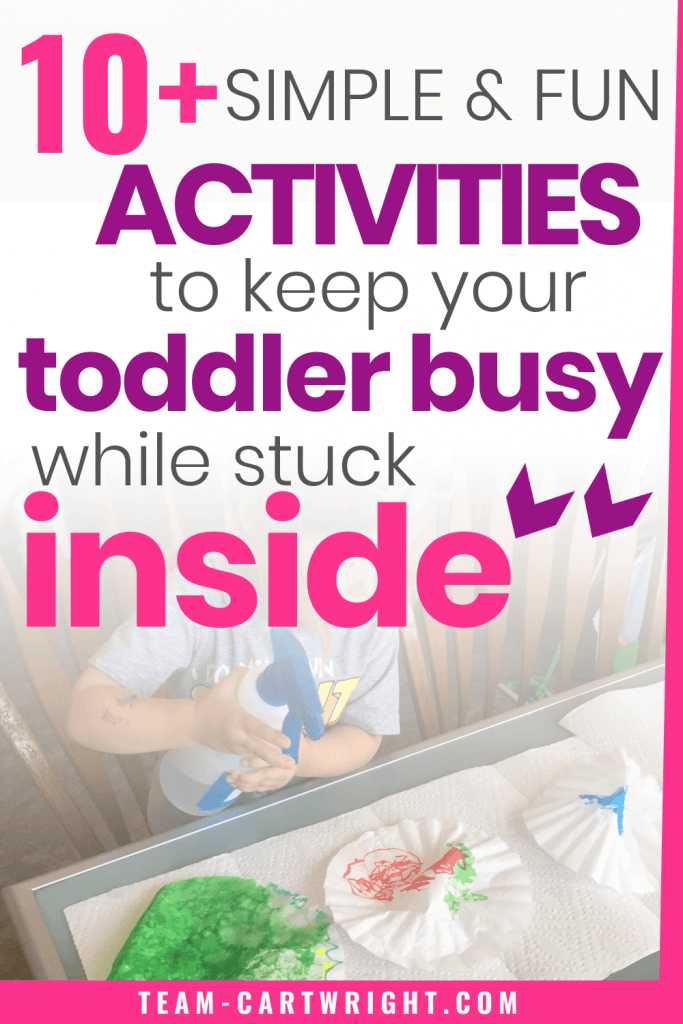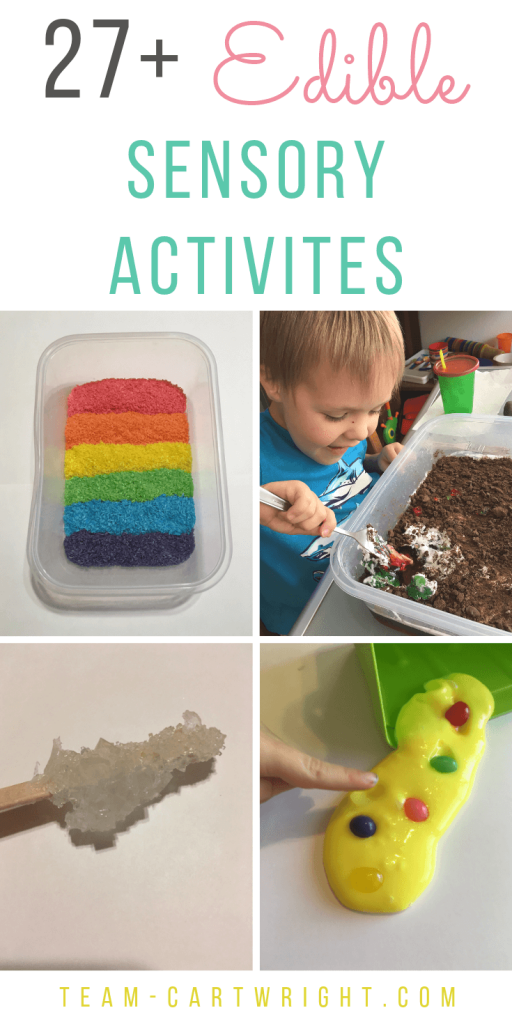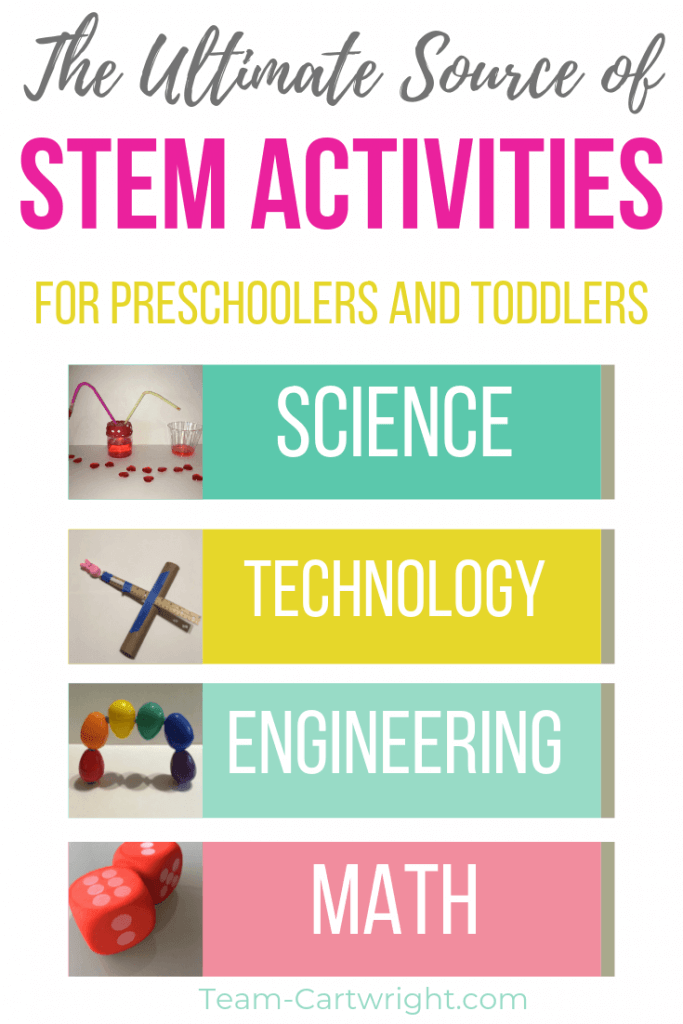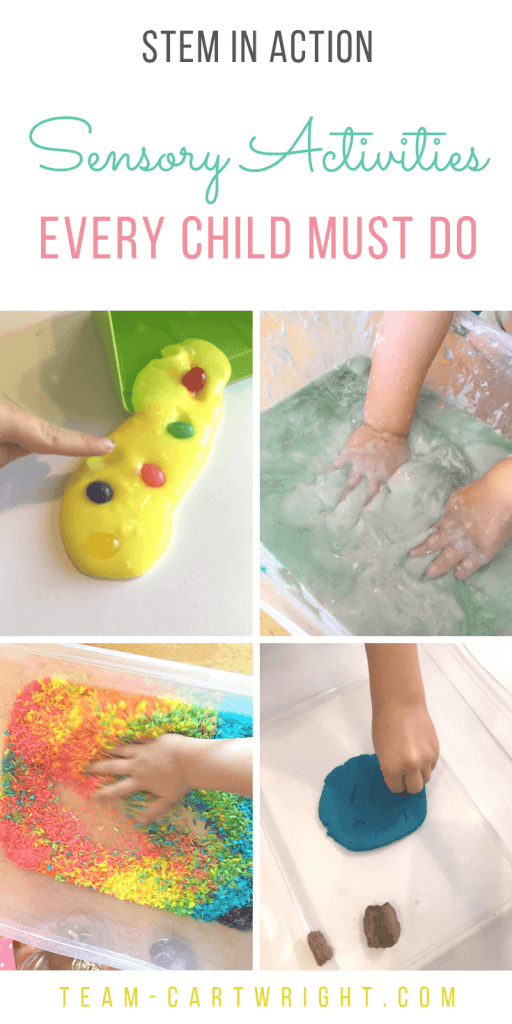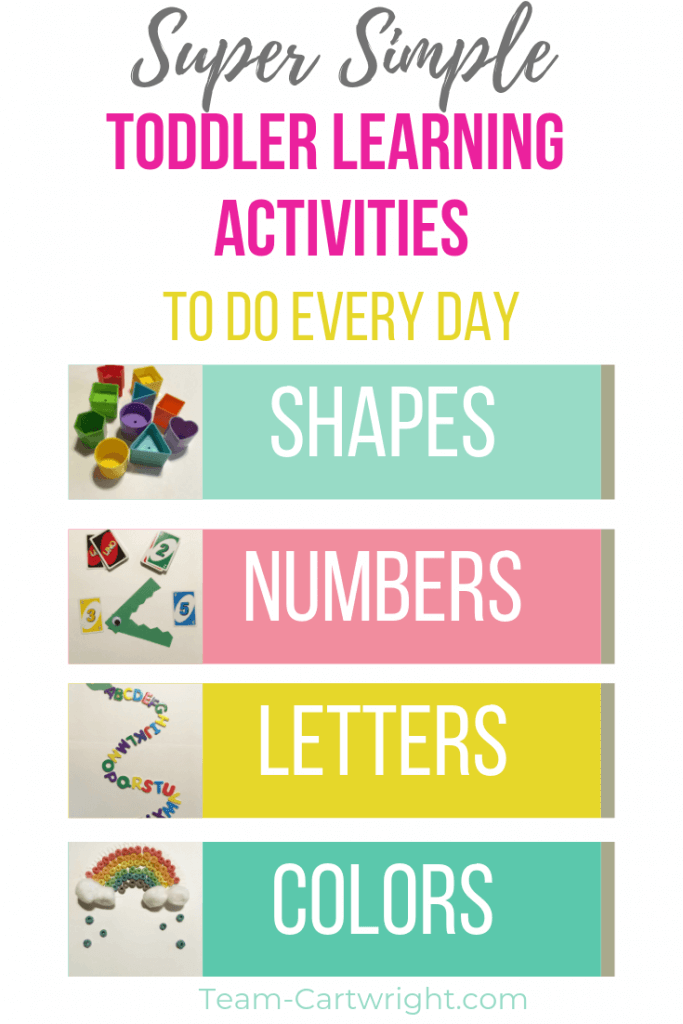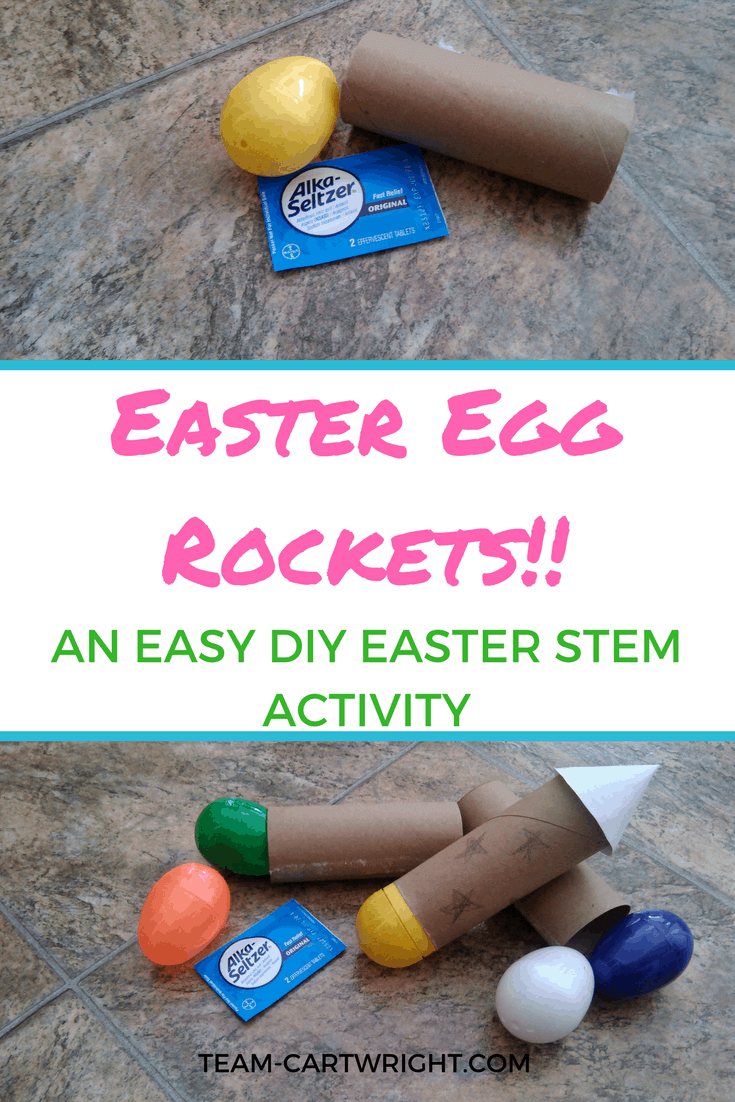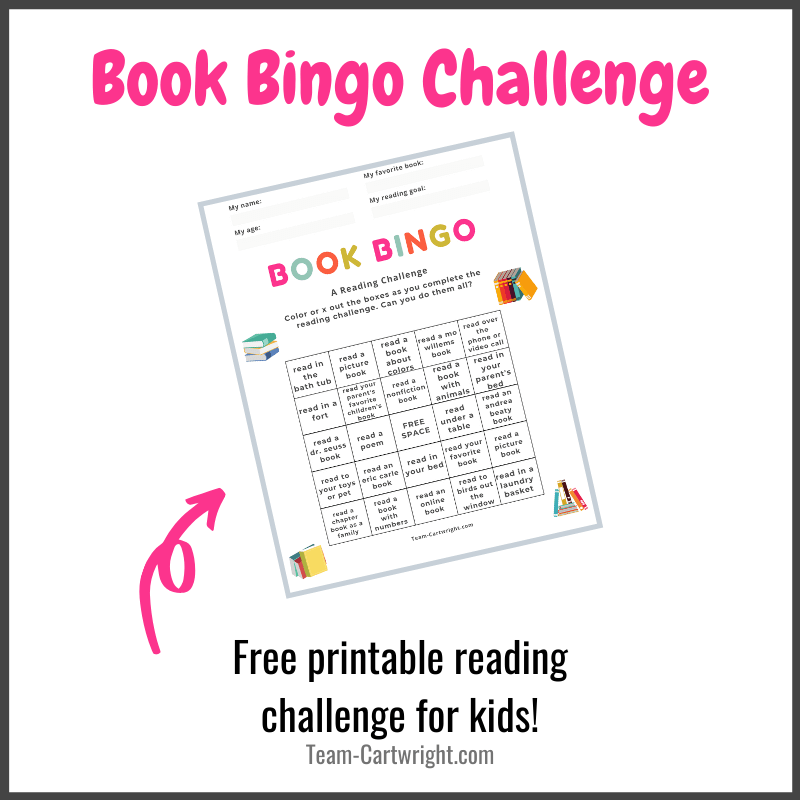How To Make DIY Hand Sanitizer with Kids
Kids are gross.
I said it, and don’t come at me about it. You know it is true.
Kids don’t mean to be gross, but they often just cannot contain their snot. They sneeze and cough everywhere. And then let’s not get started on the number of things they willingly put in their mouths.
Yep, kids are gross.
It’s good for them, to a point. Exposure helps build immunity. And they really can’t help it. But we do need to teach them proper hygiene.
A great way to do that is to get them involved in a science project! So here is how to make hand sanitizer with your kids at home. (Don’t worry, you can print out the directions too!)
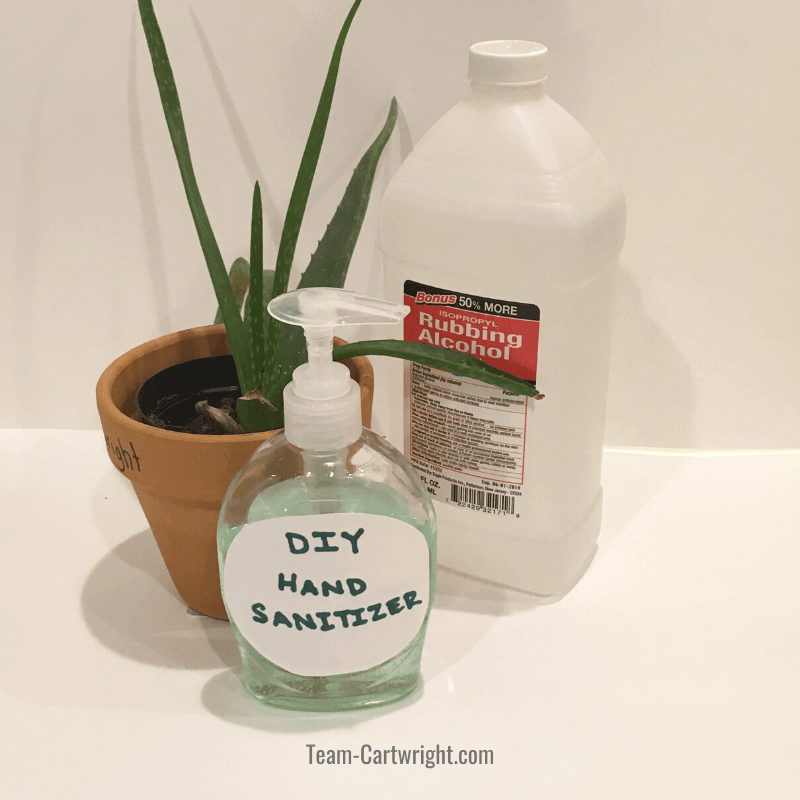
What's In This Post?
How To Make DIY Hand Sanitizer with Kids
This post contains affiliate links. Please see my disclosure for more info.
I’m going to start with the steps of how to make this hand sanitizer with your kids, and then we will get into the science of it. It is important to teach your kids how hand sanitizer works and when best to use it.
Materials To Make Hand Sanitizer At Home
You only really need two things to make this. A third item is optional.
- 99% Isopropyl Alcohol (Rubbing Alcohol)
- 100% Aloe Vera Gel
- Essential Oils (completely optional)
How To Make DIY Hand Sanitizer
This is so simple.
Step 1: Put 2/3 cup isopropyl alcohol into a bowl.
Step 2: Add 1/3 cup aloe vera gel.
Step 3: Mix.
I’m not even kidding, that’s it.
Now, if you want it to smell a certain way (or just nicer than the strong scent of the rubbing alcohol), add a few drops of the essential oil of your choice. I do not use oils, so I have no recommendations other than to know your oils and be safe.
We rinsed out an old soap dispenser with a pump and used a funnel to add the sanitizer. Done and ready to use!
Scroll down to get the printable version of these instructions.
Safety
Safety first, right? Let’s talk a bit about safety here.
For sure do this with an adult present and actively participating. These ingredients on their own aren’t that harmful, but they absolutely should not be ingested or get into anyone’s eyes. If you get rubbing alcohol on you go ahead and rinse well.
Mix gently on step 3, especially at first, so you do not splash to solution anywhere.
More Must-Try Activities Your Kids Will Love
Substitutions
If you don’t have 99% isopropyl alcohol on hand, it can be tempting to just grab a bottle out of the liquor cabinet. Do not do that. The alcohol adults consume as a beverage is ethyl alcohol. This is not the same as isopropyl alcohol.
In organic chemistry, alcohols are a group of compounds with a hydroxyl group attached to a saturated carbon. What does that mean? It has an -OH (the hydroxyl group) attached to a C (carbon) that has all of its bonds full.
I’m not going to go into too much detail (in part because organic chemistry is my least favorite chemistry and I avoid it whenever I can), and because the exact details don’t entirely matter in this scope. (You can get more info on hydroxyl groups by clicking here.)
The key point is that the placement of these little -OH groups matters. Isopropyl alcohol and ethyl alcohol have them in different locations and that changes the behavior of the molecule.
So as cool as it looks in movies to just grab some whiskey off a bar and use it to disinfect something, don’t do that here. And definitely do not drink rubbing alcohol. Ever.
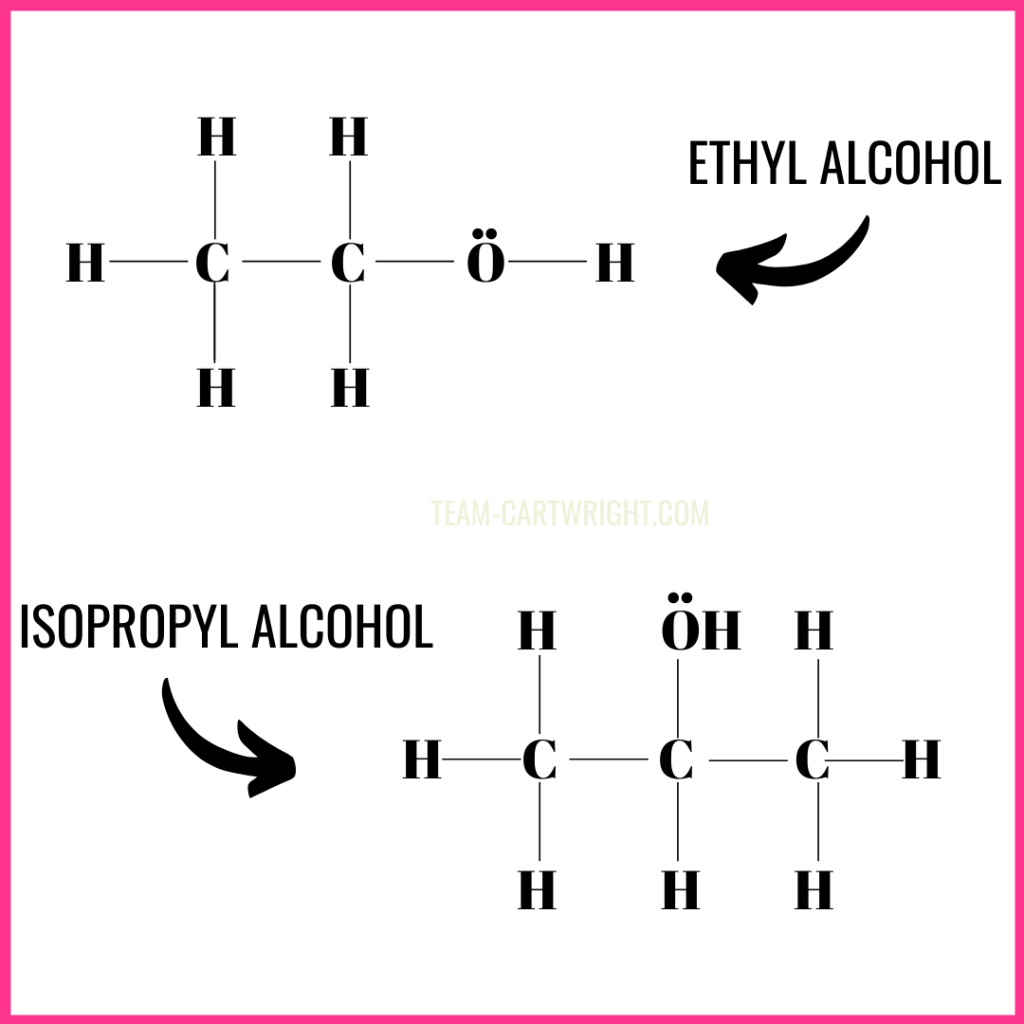
The Science of Hand Sanitizer
Hand sanitizer is nice to have because you don’t need to go through all the steps of washing your hands. No water, no soap, no need to dry. One step to clean.
But just how does that work? Let’s break ours down by component.
Isopropyl Alcohol
The alcohol, as you probably already know, kills germs. This is the component that actually ‘cleans’ your hands. It does not get dirt or other physical debris off of you, but it does work on the molecular level to destroy a lot of germs.
The higher the concentration of the alcohol the more germs it will kill off. A lot of commercial rubbing alcohols are 70% by volume. This means that they are made by mixing 70% isopropyl alcohol with 30% sterile water.
If this is what you have at home, you can use it for your DIY sanitizer. It doesn’t kill off as many germs, but it works as a part of the fun science project (which is the goal of this activity) and does kill off a lot. If you can get 99% isopropyl alcohol you will have a more effective sanitizer.
Aloe Vera Gel
Aloe vera gel comes from the aloe plant. This plant is a succulent that is found natively in south-west Arabian Peninsula. However, we can now find it lots of places. As a succulent, it is pretty common where we live in the desert.
The gel that comes from this plant is very soothing to the skin. This makes it good to use with the isopropyl alcohol which can really dry out your skin.
So the aloe gel is added to make the sanitizer nicer on your skin and easier to spread around. (Alcohol evaporates very quickly, so the gel helps keep it in solution to work on killing microbes.)
You can find aloe vera gels at drug stores and grocery stores. Be careful of what ou are purchasing though. Many aloe vera gels also contain things like lidocaine, which is a local anesthetic. This is good if you are using the gel on sunburns, but you don’t really want to be numbing your hands while cleaning them.
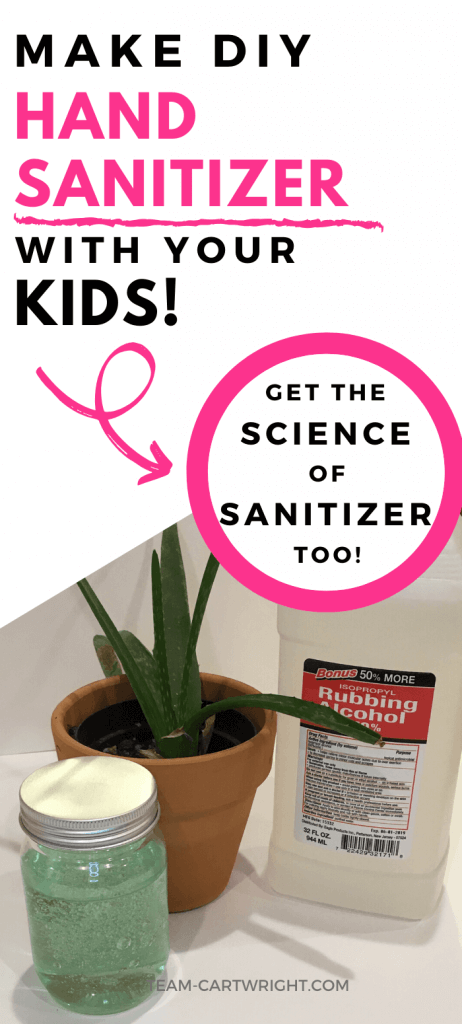
Soap vs. Hand Sanitizer
What is the difference between soap and hand sanitizer? Should you use one or the other?
Soap
Traditional soap works because it is a surfactant. Basically that means it breaks the surface tension of the water you are using, which then allows that water to remove dirt and grime more effectively.
You probably know from experience that just using soap by itself doesn’t do much and ends up being messier than you started. And water on its own can remove large chunks of dirt, but it doesn’t get the nitty-gritty out.
Soap by itself doesn’t kill germs, but they do remove them pretty effectively from your skin. That’s the goal and soap is your best bet for cleaning your hands when it is an option.
Antibacterial Soap
Antibacterial soap is very common, but it is not exactly the same as regular soap. Antibacterial soaps contain additional ingredients (it will vary depending on which kind you get) that are supposed to kill germs more effectively. The idea here is that you kill the bacteria on your hands as opposed to just washing it off, like with regular soap.
Antibacterial Soap vs Regular Soap
There can be the belief that antibacterial soap must be better than traditional soap, but this really isn’t the case. In extreme situations, like if someone in your household is actively sick, it could be a good idea to go the antibacterial route. But overall, regular soap works just fine.
The FDA does recommend the use of traditional soap over antibacterial in most cases.
Hand Sanitizer vs Regular Soap
Overall, if you are able to use regular soap and water to clean your hands, do that. It’s the best way to get rid of germs and it is the easiest.
There are times when hand sanitizer is preferable. When you are out and about and unable to wash, grab the sanitizer. If you don’t have access to safe water, sanitizer. Hand sanitizer can be a really helpful product.
It is also great for classrooms, hospitals, workplaces, etc where you either don’t want to take the time to go and wash your hands or it just isn’t practical. (Like taking a class full of 5 year olds to go wash their hands every time they touch their faces. They would never have time to learn.)
There are some drawbacks to using hand sanitizer. For one, it is highly flammable. (Alcohol burns really well.) Secondly, it doesn’t work as well to remove the dirt you can see on your hands. It isn’t like water that will wash it away, so physical debris can still remain on your hands.
There is some concern about overusing hand sanitizers. While there is no hard evidence, there is the thought that the continued use of antibacterial and antimicrobial products could cause germ resistance, which would be a bad thing.
The current CDC recommendation is to use regular soap and water when you can, but hand sanitizer is good when you can’t. Read more from the CDC by clicking here.
The Best STEM and Learning Activities You Have Got To Try!
Free Printable Instructions To Make DIY Hand Sanitizer
As promised, here is the printable version of how to make hand sanitizer at home with your kids. Let me know if you try and what you think of the process!

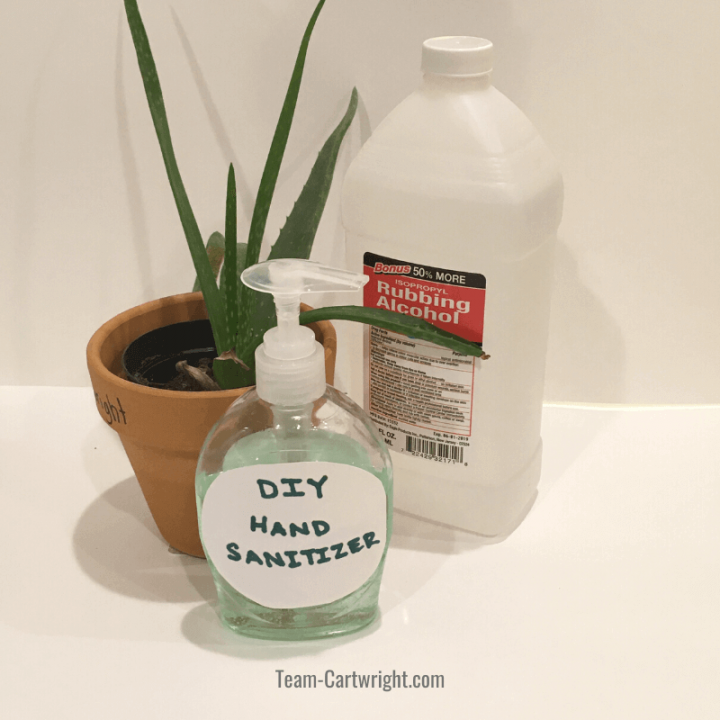
How To Make DIY Hand Sanitizer with Kids
It canbe pretty easy to make hand sanitizer at home with kids. This fun science project is a great way to talk about the importance of hygiene and learn a bit about how germs are transfered.
Materials
- 99% Isopropyl Alcohol (Rubbing Alcohol)
- 100% Pure Aloe Vera Gel
- Essential Oils (Optional)
Tools
- Empty soap bottle with pump
- Funnel
Instructions
This activity can be done with children but should be done with an adult present and active in the process.
- Measure 2/3 cup isopropyl alcohol and put it carefully into a bowl.
- Add 1/3 cup aloe gel to the bowl.
- Add a few drops of the essential oil of your choice.
- Mix carefully and fully.
- Use the funnel to put your solution into the empty soap dispenser.
Notes
Safety
It is a good idea to use gloves while making this. Be sure your children do not ingest any of the components or get any in their eyes. Mix carefully to avoid splashing.
Isopropyl Alcohol
Isopropyl alcohol is just rubbing alcohol and can be found in most drug stores and grocery stores. Do not try to substitute ethyl alcohol, which is the type of alcohol found in alcoholic beverages. These have different concentrations of alcohol and additional ingredients that you do not want in your hand sanitizer. Make sure your children know never to drink isopropyl alcohol.
Essential Oils
The use of oils in this project is just to make it smell nice. They are not necessary for the sanitizer to work. I do not use essential oils and have no recommendations on what works. Do your own research and use essential oils carefully.
Disclaimer
This is designed as a fun, educational activity for kids. I do not promise any level of effectiveness or germ-killing ability in the solution. Make and use it at your own discretion.
DISCLAIMER
This is meant as a science activity. I make no promises as to the effectiveness of the sanitizer. Use your best judgment as to its use and I am not responsible for your results.

